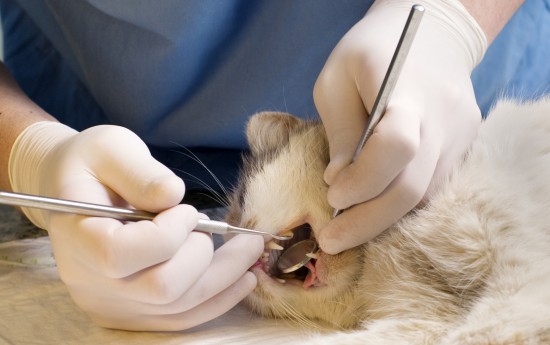You can ask any dog owner or enthusiast you know and you will not be pleased to learn that there are truly a lot of elements out there today that can threaten the safety and well being of our beloved pet dogs. Sadly, to add to the already alarming number of external factors seeking to threaten man抯 best friend, we can also count on a ridiculous party of internal ailments that can develop from within and impair, if not completely harm, our dogs. One of these ailments, which can result from various events and further develop into quite a debilitating condition, would be a dog disease called 揷anine hip dysplasia? Canine hip dysplasia is an impairment of a dog抯 thigh bone resulting in an improper fit with the hip socket. As a result, the dog experiences some serious pain and swelling in the said area as cartilages get damaged and the joints slowly get destroyed.
One of the major challenges entailed in canine hip dysplasia is detection. It is said that this becomes one of the most urgent and pressing considerations with respect to this dog disease because the onset and surfacing of symptoms are not at all that certain. This means that not all cases are the same and there are in fact some dogs with conditions of this ailment that show very minimal symptoms, if any at all. To make matters worse, there are some scientists who support the theory that this disease is genetic and can therefore be passed on from generation to generation of dogs. Meaning to say that dog owners and breeders have to be extra wary in taking care of their dogs and selecting which breeds are to be mated. Otherwise, such experts themselves are the ones who have directly contributed to the spread and inheritance of this alleged hereditary disease, assuming of course that the studies and data are accurate and competent.
Since detection of this condition in dogs poses quite the challenge, it is advisable for dog owners to merely turn to scientific and medical examinations to monitor whether or not a particular dog suffers from canine hip dysplasia. There are no other tests that can be done such as blood tests or the like to determine this condition other than X-ray procedures. Since detection of symptoms through mere physical observation can be quite arbitrary and subjective, x-rays are the most advisable means as they provide the most accurate tangible and ocular evidence for diagnosis.
As regards treatment, there are several methods in order to relieve dogs diagnosed with this condition since no known cure exists as of yet. There are some corrective surgical methods that involve either prophylactic surgery or therapeutic surgery depending on the stage of the condition. For less extreme cases, on the other hand, we also have non-invasive procedures mostly revolving around physical therapy, exercise and weight control programs. There are also several pain relief and anti-inflammation medications that can be prescribed by your trusted veterinarian.
Considering numerous ailments threatening your dog like hip dysplasia, there is no need to always be in fear for its health and well being. With the proper discipline and regular visits to have your canine examined, your beloved pet can rest easy knowing that it is in good hands.

 Puppy Problems - Nipping, Jumping Up, Barking, Housetraining And Socialising
Puppy Problems - Nipping, Jumping Up, Barking, Housetraining And Socialising
 Understanding Why Your Dog Is Growling
Understanding Why Your Dog Is Growling
 How To Clean Your Dog’s Ears
How To Clean Your Dog’s Ears
 What Happens During A Veterinary Dental Procedure?
What Happens During A Veterinary Dental Procedure?
 The Birth Of A Breed - How Do New Dog Breeds Gain Official Recognition?
The Birth Of A Breed - How Do New Dog Breeds Gain Official Recognition?
 Looking After Your Rabbits Teeth
Looking After Your Rabbits Teeth